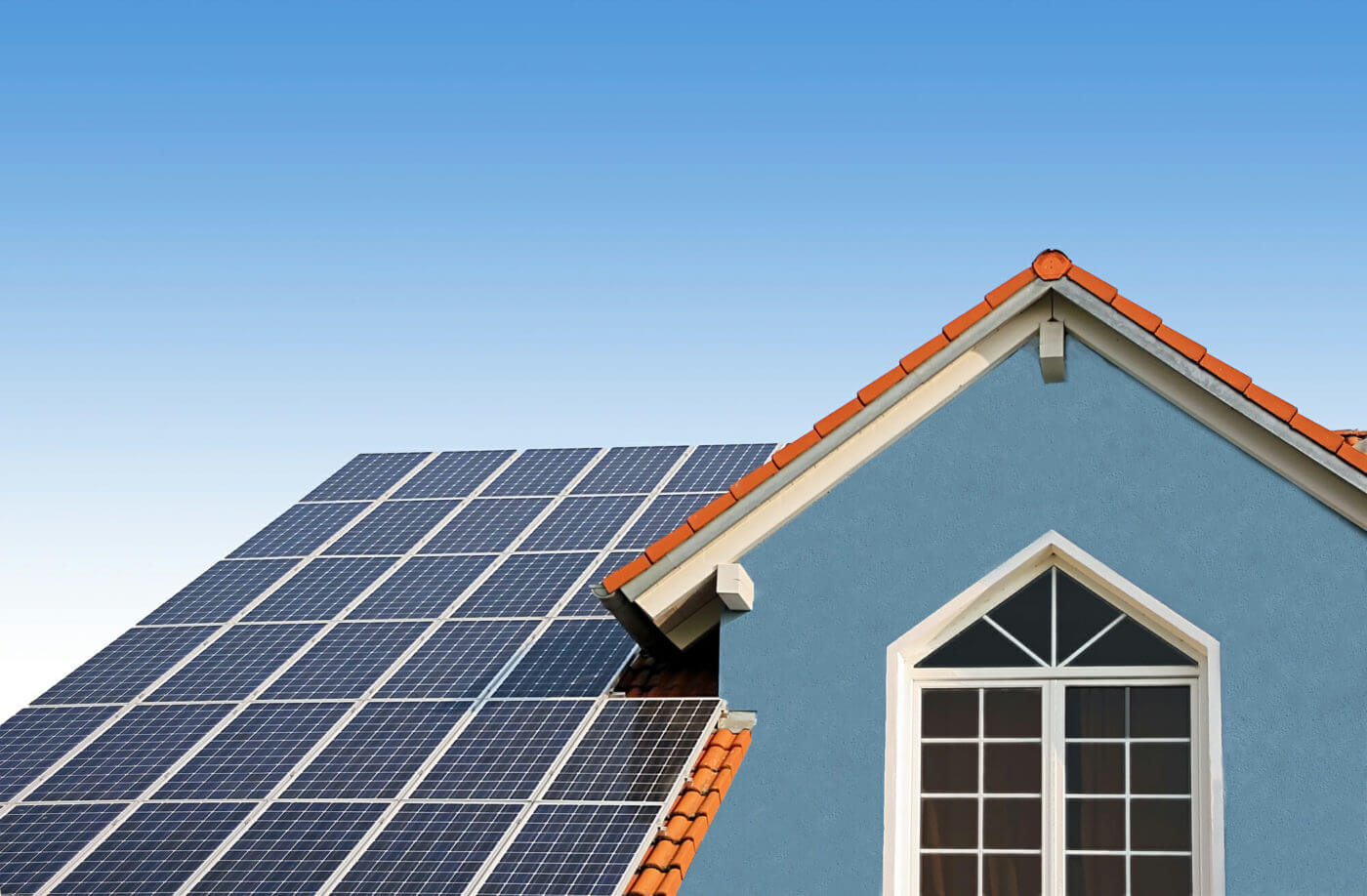Our Solar Systems Statements
Wiki Article
Not known Factual Statements About Solar Systems
Table of ContentsThe Basic Principles Of Solar Systems Some Ideas on Solar Systems You Need To KnowExcitement About Solar SystemsIndicators on Solar Systems You Should Know
There are three different kinds of photovoltaic panels: monocrystalline, polycrystalline, and also slim movie. Monocrystalline photovoltaic panels are very efficient and have a streamlined design, however come at a higher cost factor than various other solar panels. Polycrystalline solar panels are less costly than monocrystalline panels, however, they are much less effective as well as aren't as cosmetically pleasing.Nowadays, there are several selections of monocrystalline solar panels on the market to select from. Passivated Emitter and Rear Get in touch with cells, even more generally described as PERC cells, are coming to be a significantly popular monocrystalline choice. PERC cells undergo a different production and also setting up procedure that raises the quantity of power the cells can generate.
Since monocrystalline solar cells are constructed from a solitary crystal of silicon, electrons have the ability to conveniently stream throughout the cell, enhancing total performance. Not just do monocrystalline panels have the highest possible effectiveness ratings, they generally additionally have the greatest power capability ratings, too. The majority of monocrystalline panels on the marketplace today will have a power outcome rating of at the very least 320 watts, however can rise to around 375 watts or higher!.
Due to the fact that polycrystalline cells consist of several silicon cells, the electrons can stagnate as conveniently and because of this, reduce the efficiency of the panel. The reduced effectiveness of polycrystalline panels likewise suggests they have a tendency to have a lower power result than monocrystalline panels, typically varying in between 240 watts and also 300 watts.
Indicators on Solar Systems You Need To Know
In order to fulfill your power requires, you would certainly need to set up more thin film panels over a large location to produce the same amount of electricity as crystalline silicon solar panels. This is why thin movie solar panels don't truly make sense for domestic setups where room is restricted.The temperature level coefficient informs you exactly how a lot the power outcome will decrease by for every 1 * C over 25 * C the panel obtains. The basic temperature coefficient for mono and also polycrystalline panels commonly drops someplace in between -0.
In truth, with some thin movie panels, it's difficult to also see the private cells within the panel. They also often tend to have less wiring and also busbars, suggesting Our site there's much less white area. Due to the fact that they are so ineffective, you would require to cover your entire roof in slim film panels - which might or might not be your design.

Some producers have actually functioned around this with black packing or shaping the cells differently, however these aesthetic adjustments can affect both the price and performance of the panels. Generally, monocrystalline panels still look smooth, however they're a bit more obvious than slim movie panels. solar systems. The process in which polycrystalline solar cells are made causes the cells to have a blue, marbled look.
The 9-Second Trick For Solar Systems
If you get on a tight budget, polycrystalline panels may make more sense for you. We do not advise thin movie photovoltaic panels for household installations - their efficiency and durability do not make the reduced expense worth it, and it's unlikely you'll have virtually enough room to mount the number of thin movie panels you would need to cover your family electricity use.Given that they are made from pure silicon, they can be conveniently recognized by their dark black color. The use of pure silicon additionally makes monocrystalline panels the most space-efficient as well as longest-lasting among all 3 photovoltaic panel types. This comes at an expense a lot of silicon is squandered to create one monocrystalline cell, occasionally reaching over 50%. solar systems.

Amorphous silicon panels (A-Si) derive their name from their shapeless nature. Unlike mono-and polycrystalline solar cells, the silicon is not structured on the molecular level.
The smart Trick of Solar Systems That Nobody is Talking About
$0. 32-$0. 65 $1 $1. 50 $0. 70 $1 $0. 60 $0. 70 $0. 50 $0. 60 $0. 43 $0. 50 Note that these go to the website figures don't consist of the price of installment and also labor. With labor and also various other above factors, the total can rise to $2. 50 to $3. 50 per watt.
This indicates that thin-film panels can be an excellent option for hotter atmospheres or locations that experience more sunshine throughout the year. The upgraded International Structure Code of 2012 requires solar panels to match the fire score of the roof where they are installed. This is to make certain that the modules do not speed up the spread of fires in the event of a fire.
Report this wiki page